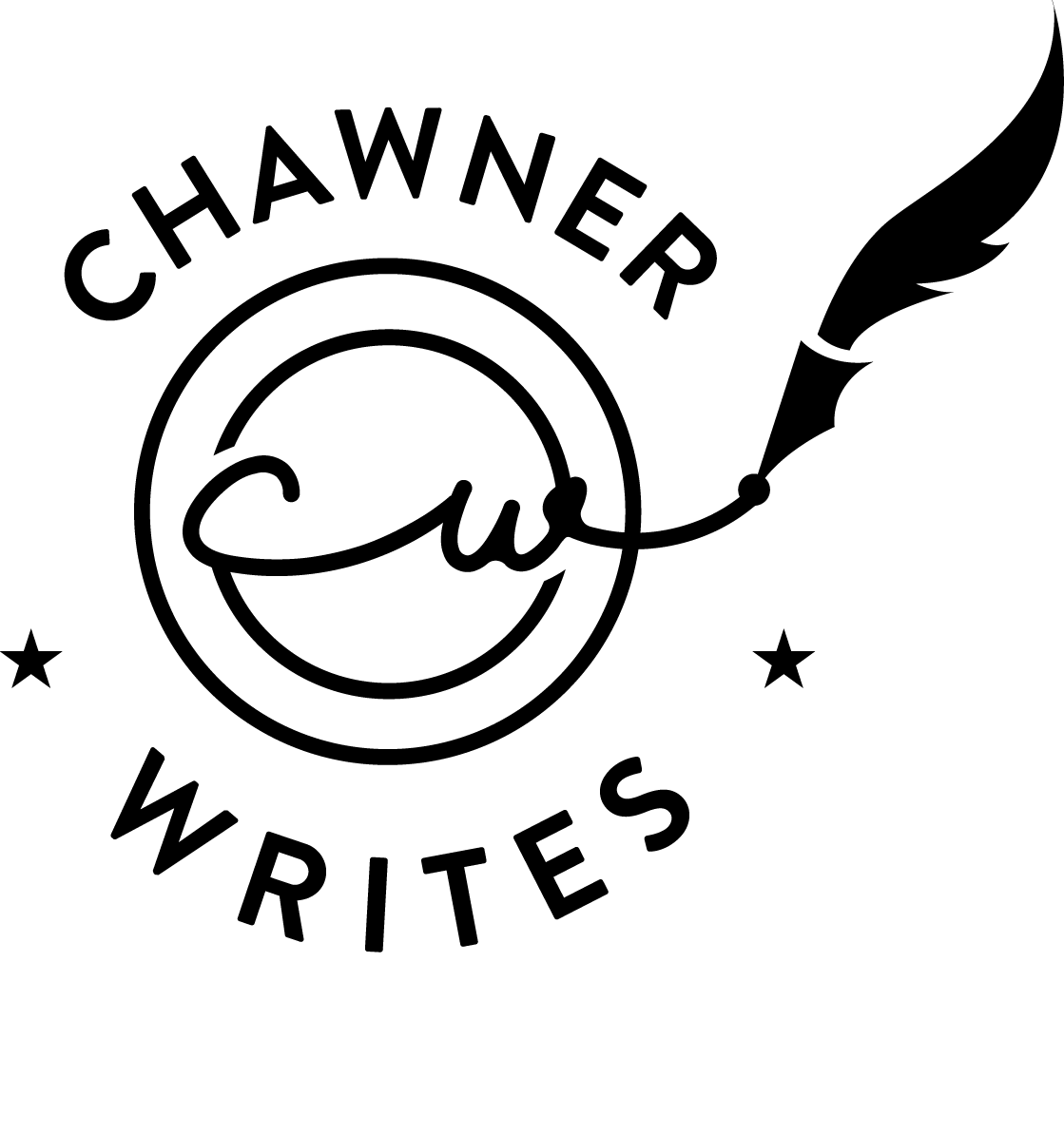
I’ve often referenced After the Second Wave, an in-progress collection of post-apocalyptic short stories. The project is moving along, albeit slowly with a writing coach and editor. Progress is slow because my original versions of these stories weren’t very good. The feedback process, combined with a full workload and family, takes time.
I’m not only getting feedback on the individual stories. Not only am I getting feedback on the individual stories, but I am also being challenged to consider how the collection should present as an overall piece. I’ve thought of it as a bunch of stories held together by a common world and common characters, with callbacks and references. But there should be more; the collection needs a through-line. There is a loose through-line as a function of the genre. Any post-apocalyptic story is about our modern world and how we’re destroying it, the true nature of man when confronted with a new world, overcoming hardships, etc.
Ghostwritten by David Mitchell is my guiding light on this project. In his first novel, he assembled a collection of seemingly independent stories interrelated by characters and the world. The stories hang together loosely on first read; each subsequent read reveals tighter and tighter cause and effect. Any reference to an event or character outside of the current story is invariably a callback or reference. But I can’t find a through-line. The last two stories directly reference the Iraq war and an almost global nuclear war controlled by an out-of-control AI (developed by a character from a previous story, of course).
There are a cluster of themes within Ghostwritten; stories about love and isolation and overcoming. And I need to consider the same; readers need a sense of an arc. The initial stories could focus on the shock of a new word, causing pain and suffering. Then, the middle stories reflect change to the new world. The final set could offer a glimpse into successfully, or unsuccessfully, overcoming obstacles and finding a better way.
It’s helpful to consider through lines after most of the stories have first drafts. Much the same way, applying the classic story structures is more effective after the first draft. Starting with a story structure first or set of themes would hinder the natural progression and feel forced (more on this in a future post). Now is the time for me to see the through-line.
